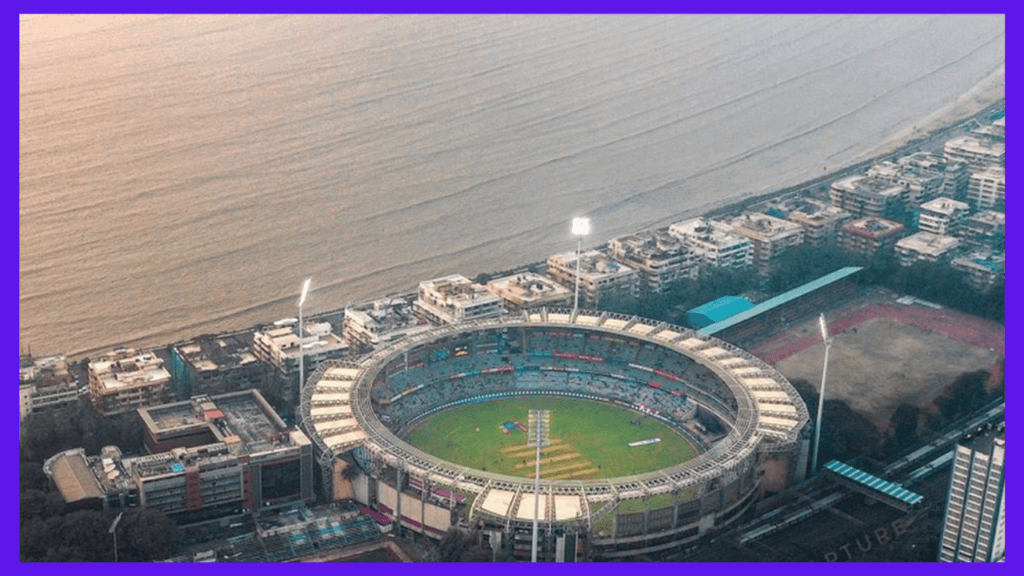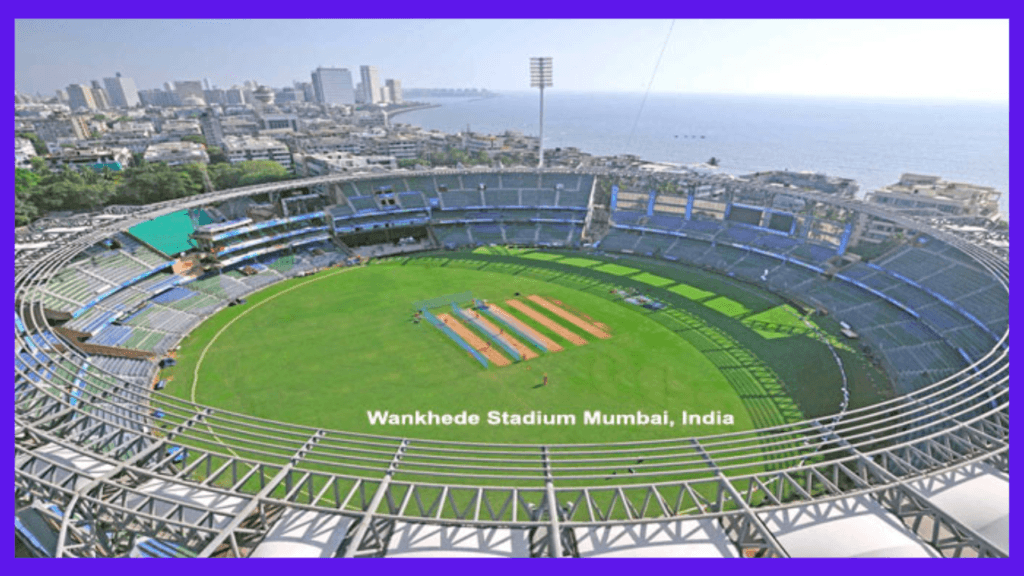Wankhede Stadium, located in Mumbai, India, is one of the most iconic cricket stadiums in the world. Known for its electrifying atmosphere and rich history, it has been the stage for numerous memorable cricketing moments. This article delves into the history, significance, and unique features of Wankhede Stadium, making it a must-read for cricket enthusiasts.
History of Wankhede Stadium
Wankhede Stadium was established in 1974, following a dispute between the Cricket Club of India (CCI) and the Mumbai Cricket Association (MCA) over ticket allocations at the Brabourne Stadium. The MCA decided to build a new stadium, and thus, Wankhede Stadium was born. Named after S. K. Wankhede, a politician and the then-president of the MCA, the stadium quickly became a prominent venue for international cricket.
The stadium’s inaugural Test match was played between India and the West Indies in January 1975. Over the years, Wankhede has hosted numerous high-profile matches, including World Cup games, IPL matches, and the final match of cricket legend Sachin Tendulkar’s international career.

Architectural Features
Wankhede Stadium is renowned for its unique architectural design. The stadium has a seating capacity of approximately 33,000 spectators, providing an intimate yet vibrant atmosphere for cricket matches. The stands are named after famous Mumbai cricketers, such as Sunil Gavaskar, Vijay Merchant, and Sachin Tendulkar, honoring their contributions to the sport.
One of the standout features of Wankhede Stadium is its proximity to the Arabian Sea. This location influences the playing conditions, with the sea breeze often aiding swing bowlers, especially during the evening sessions. The pitch at Wankhede is known for being batting-friendly, but it also offers assistance to spinners as the game progresses, making it a balanced venue for both batsmen and bowlers.
Memorable Matches and Moments
Wankhede Stadium has been the backdrop for some of the most memorable moments in cricket history. One of the most iconic matches played here was the 2011 ICC Cricket World Cup final, where India defeated Sri Lanka to lift the trophy. This victory was particularly special as it marked India’s first World Cup win on home soil.
Another historic moment at Wankhede was Sachin Tendulkar’s final international match in November 2013. The stadium was packed with fans eager to witness the farewell of one of cricket’s greatest players. Tendulkar’s emotional farewell speech and the guard of honor he received from his teammates remain etched in the memories of cricket fans worldwide.
The Home of Mumbai Indians
Wankhede Stadium is the home ground of the Mumbai Indians, one of the most successful franchises in the Indian Premier League (IPL). The team has won multiple IPL titles, and the stadium has witnessed numerous thrilling matches and last-over finishes. The passionate support from the Mumbai crowd adds to the electric atmosphere during IPL games, making Wankhede a fortress for the home team.
Facilities and Amenities
Wankhede Stadium offers state-of-the-art facilities for players, officials, and spectators. The stadium underwent significant renovations ahead of the 2011 World Cup, enhancing its infrastructure and amenities. It now boasts modern dressing rooms, media centers, and hospitality boxes, ensuring a comfortable experience for everyone involved.
For spectators, the stadium provides ample seating with clear sightlines, ensuring that fans do not miss any action on the field. The food and beverage options at Wankhede are diverse, catering to the varied tastes of the crowd. Additionally, the stadium is well-connected by public transport, making it easily accessible for fans.

Cultural Significance
Wankhede Stadium is not just a cricket venue; it is a cultural landmark in Mumbai. The stadium has hosted various non-cricketing events, including concerts, political rallies, and cultural programs. Its central location and iconic status make it a preferred venue for large gatherings and events.
The stadium’s significance extends beyond sports, as it has been featured in numerous Bollywood films and television shows. Its iconic stands and vibrant atmosphere have made it a popular filming location, further cementing its place in Mumbai’s cultural landscape.
Future Prospects
As cricket continues to evolve, Wankhede Stadium remains a crucial venue for the sport. The stadium is set to host several high-profile matches in the coming years, including international fixtures and IPL games. With advancements in technology and infrastructure, Wankhede is poised to offer an even better experience for players and fans alike.
The Mumbai Cricket Association is committed to maintaining and enhancing the stadium’s facilities, ensuring that it remains a world-class venue. Plans for further renovations and upgrades are in place, aimed at improving the spectator experience and keeping up with modern standards.
Final Words
Wankhede Stadium is more than just a cricket ground; it is a symbol of Mumbai’s rich cricketing heritage and passion for the sport. From hosting historic matches to being the home of the Mumbai Indians, the stadium has played a pivotal role in shaping the cricketing landscape in India. Its unique architectural features, memorable moments, and cultural significance make it a beloved venue for cricket fans around the world.
As we look to the future, Wankhede Stadium will continue to be a beacon of cricketing excellence, providing a platform for new legends to emerge and for fans to create lasting memories. Whether you are a die-hard cricket enthusiast or a casual fan, a visit to Wankhede Stadium is an experience like no other, offering a glimpse into the heart and soul of Indian cricket.

